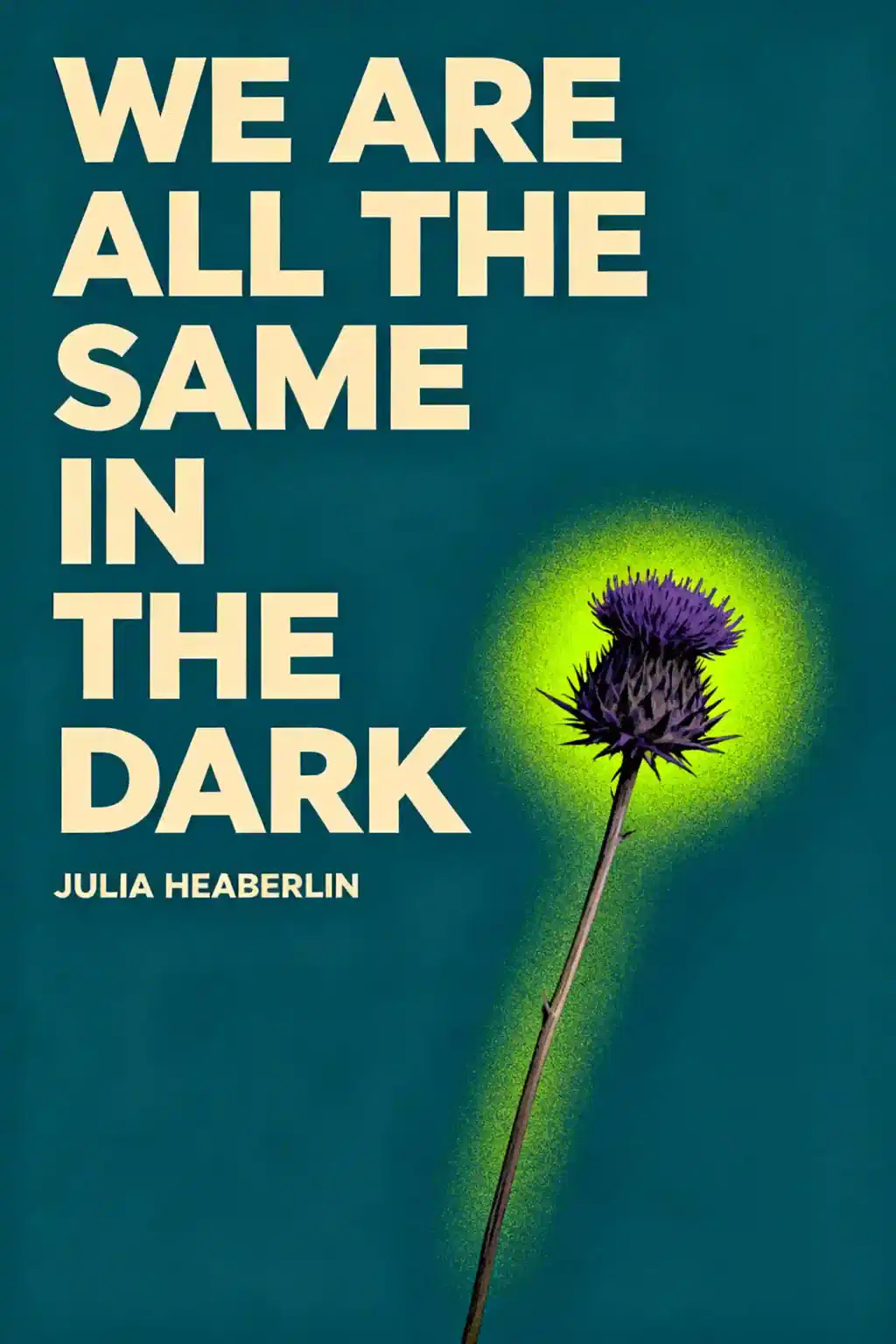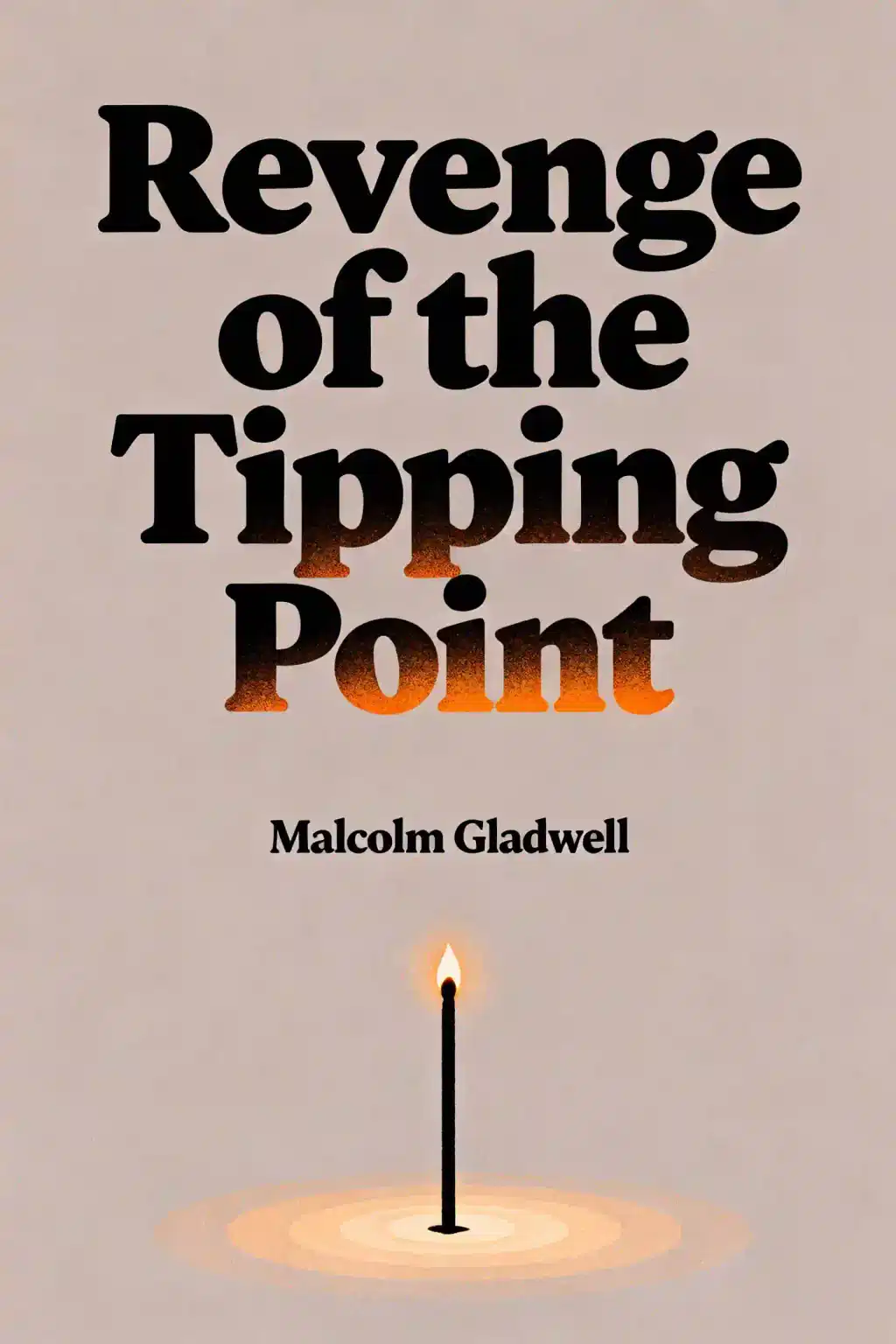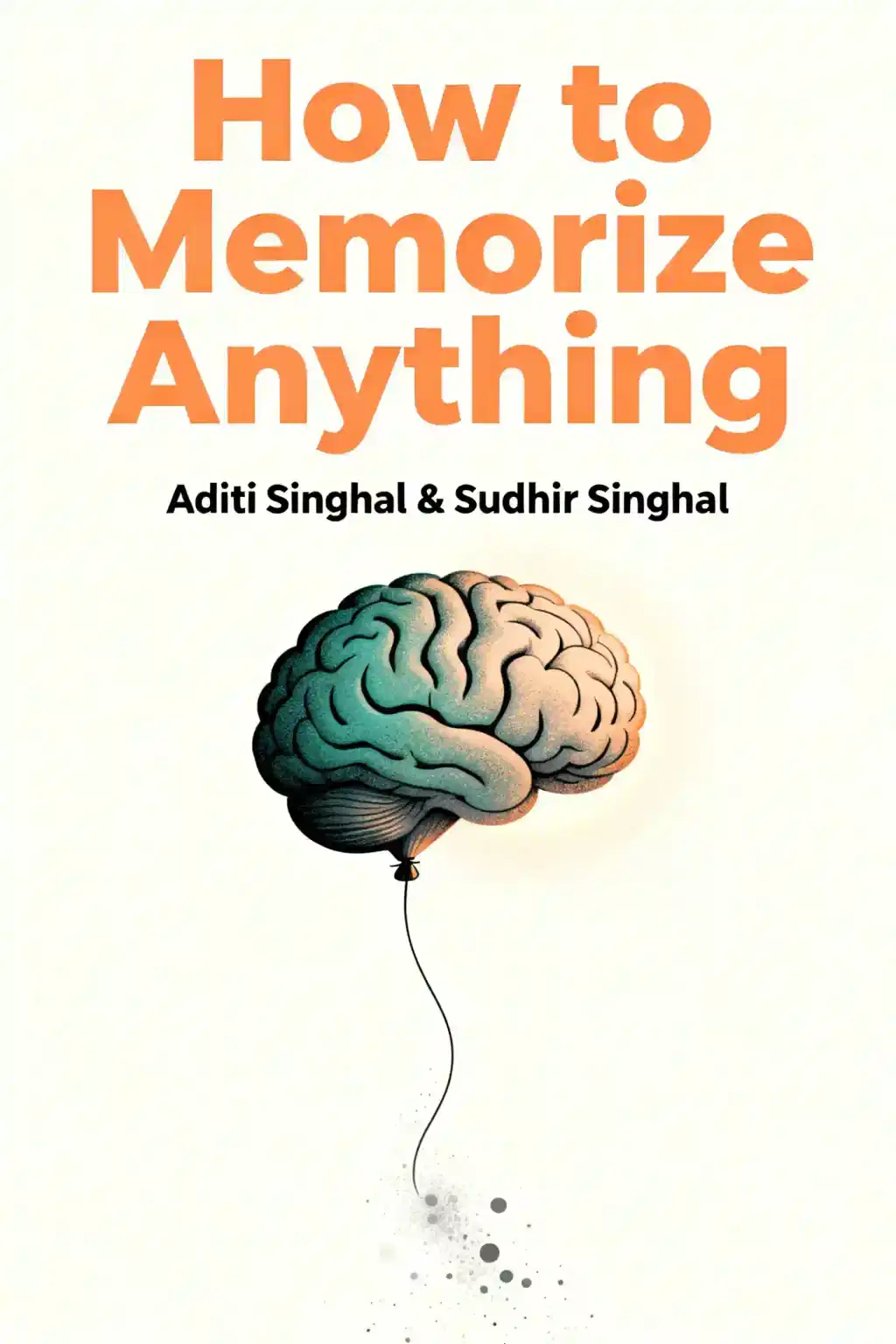
We Are All the Same in the Dark by Julia Heaberlin Summary
A missing girl, a town's dark secrets, and a one-legged detective redefining strength. This #1 Audible bestseller, optioned for TV and translated in 20+ countries, explores survival through broken characters that critics call "heart-wrenching" yet irresistibly human. What secrets hide in plain sight?
Key takeaways
Shadows in the Texas Heat
In the small town of Garnett, Texas, secrets run as deep as the scorching summer heat. The story begins with an unforgettable discovery: Wyatt Branson finds a one-eyed girl lying in a field of dandelions. This moment sets everything in motion. Wyatt, already living under a cloud of suspicion since his sister Trumanell vanished ten years earlier, makes the fateful decision to help this mysterious girl rather than walk away. He brings her to his home - a house he repaints every June 7th with Chantilly Lace paint, claiming Trumanell selects it, though she's been missing for a decade. The girl, whom he calls "Angel," blows a dandelion wish that feels like both warning and prayer. Their encounter becomes the thread that will eventually unravel decades of carefully buried secrets in this sun-baked Texas town where missing girls cast long shadows. Enter Odette Tucker, a local police officer who lost her leg the very night Trumanell disappeared - a coincidence that grows increasingly significant. When she receives an anonymous tip about "a girl" at Wyatt's house, her investigation becomes deeply personal. Odette and Wyatt share a complicated history; they were romantically involved as teenagers, and on the night Trumanell vanished, they had planned to meet. Instead, Wyatt warned her to run, and later that night, her truck flipped, crushing her leg. "You with one eye, me with one leg," Odette tells Angel after taking her to a safe house instead of reporting her discovery. This physical parallel creates a powerful bond between them - two women marked by trauma, each missing something vital yet finding strength in their adaptation.
Digging Through Layers of Truth
Angel's Return and Pursuit of Justice
Confronting the Past and Personal Trauma
The Healing Power of Truth and Resilience
The Landscape of Loss and Breaking the Silence
Disability, Identity, and Redemption
About the author
Julia Heaberlin is the internationally bestselling author of We Are All the Same in the Dark and a leading voice in psychological suspense. This 2020 thriller explores themes of trauma, resilience, and the forgotten stories of victims—subjects deeply rooted in Heaberlin's background as an award-winning journalist for the Fort Worth Star-Telegram, The Dallas Morning News, and The Detroit News, where she covered true crime and edited compelling murder mysteries.
Born and raised in Decatur, Texas, Heaberlin brings authentic small-town sensibilities and dark psychological depth to her fiction. Her other acclaimed thrillers include Black-Eyed Susans, Paper Ghosts, Night Will Find You, Playing Dead, and Lie Still.
Paper Ghosts won the 2020 Writers' League of Texas award for Fiction, while We Are All the Same in the Dark was a #1 Audible bestseller and a finalist for Best Hardcover Novel at the International Thriller Awards. Her books have sold to more than twenty countries, been optioned for film, and continue to captivate readers with their intricate plots and unforgettable heroines.
Discover more
FAQs About This Book
We Are All the Same in the Dark by Julia Heaberlin is a psychological thriller about a mysterious girl found abandoned on a Texas roadside, whose appearance threatens to unearth a small town's legendary cold case involving a beloved local girl's unsolved murder. The novel weaves together past trauma and present mystery as the town's buried secrets begin to surface, exploring themes of victims, redemption, and the lasting psychological effects of violence in tight-knit communities.
Julia Heaberlin is an internationally bestselling thriller author whose six novels have sold to more than twenty countries and been optioned for film. Before writing fiction, Heaberlin worked as an award-winning journalist for the Fort Worth Star-Telegram, The Dallas Morning News, and The Detroit News, which fueled her interest in true crime and the forgotten stories of victims—a theme she carries throughout her psychological thrillers. She grew up in Texas and currently lives in the Dallas/Fort Worth area.
We Are All the Same in the Dark is ideal for readers who love complex female protagonists, slow-burn mysteries with emotional depth, and atmospheric small-town thrillers. Fans of psychological suspense that explores trauma, buried secrets, and the darker side of human nature will find this compelling. The book particularly appeals to those interested in cold cases, multi-layered narratives with shifting perspectives, and stories that examine how past violence haunts communities long after the event.
We Are All the Same in the Dark is worth reading for its exceptional characterization, atmospheric writing, and suspenseful first two-thirds that showcase Heaberlin's talent for creating tension. The novel won the 2020 Writers' League of Texas award for Fiction and was a finalist for Best Hardcover Novel at the International Thriller Awards. However, some readers found the ending less satisfying than the buildup, with revelations feeling somewhat disconnected from earlier plot threads, making it stronger as a thriller than as a mystery.
The primary themes in We Are All the Same in the Dark include the lasting psychological trauma of violent crime, the forgotten stories of victims, and how buried secrets shape communities. Heaberlin explores small-town tensions, redemption, and the idea that victims can also be heroes. The novel examines physical and emotional damage, the haunting nature of unsolved cases, and how past violence continues to affect survivors years later. Additional themes include the complexity of truth, the weight of secrets, and the resilience required to confront darkness.
Odette is the novel's primary protagonist and a fascinating, deeply flawed character who serves as the emotional center of We Are All the Same in the Dark. Readers found her compelling because she clearly has secrets to hide, making her simultaneously sympathetic and suspicious. Her relationships with other characters, particularly Wyatt and Finn, drive much of the emotional intensity in the first half of the book. Odette is described as a complex female character who feels authentic and real, embodying both physical and emotional damage.
The cold case in We Are All the Same in the Dark involves the unsolved murder of a beloved local girl that has haunted the small Texas town for years. When a mysterious girl is found abandoned by the roadside in the present day, her appearance threatens to unearth the buried secrets surrounding this legendary case. The novel weaves the past cold case together with the current mystery throughout the narrative, showing how the ghosts of the past continue to haunt everyone involved in both investigations.
The primary criticism of We Are All the Same in the Dark centers on the ending, which many reviewers found lackluster compared to the strong beginning. Some readers felt the novel "dropped off a cliff" after the halfway point, with revelations coming out of nowhere and lacking emotional impact. Critics noted that the cold case and current mystery, tightly wound together initially, come apart in the final section, feeling like pieces of different puzzles. Additionally, some character motivations seemed illogical and calculated more for suspense than believability.
We Are All the Same in the Dark features a distinctive three-part narrative structure with shifting points of view that dramatically changes about two-thirds through the book. The novel employs multiple narrators to tell the story, with reviewers noting that the dramatic narrator switch was particularly effective at grabbing and maintaining attention. This structure allows Heaberlin to explore different perspectives on both the cold case and the present-day mystery, creating layers of suspense and revealing information gradually as each character's viewpoint unfolds.
The characters in We Are All the Same in the Dark are distinguished by being impossibly flawed and damaged both emotionally and physically. Even minor characters are extremely well-developed, feeling authentic and real rather than like typical thriller archetypes. Heaberlin creates strong, complex female characters who embody themes of victimhood and heroism simultaneously. The author's focus on giving depth to damaged individuals, showing how trauma shapes people while not defining them entirely, sets these characters apart from standard genre fare.
The ending of We Are All the Same in the Dark receives mixed reviews, with many readers finding it surprising but not entirely satisfying. While the conclusion delivers on thriller elements and maintains suspense, it doesn't provide the revelatory "wow factor" of the best mysteries. Some major mysteries are resolved too easily with overly simple answers, and the murderer's motive emerges from the least interesting storyline. The destination is described as "not wholly satisfying," though the ride getting there remains exciting and well-paced.
We Are All the Same in the Dark shares Julia Heaberlin's signature elements found in her other thrillers like Black-Eyed Susans and Paper Ghosts: Texas settings, complex female protagonists, and exploration of trauma and victims' stories. Like her previous work, this novel combines twisty darkness with emotional intensity. The book maintains Heaberlin's journalism-informed interest in true crime and how events play out years later. We Are All the Same in the Dark won the 2020 Writers' League of Texas award for Fiction, while Paper Ghosts previously won the same honor, showing consistent critical recognition across her thriller catalog.
Quick Summary Mode - Read or listen to We Are All the Same in the Dark Summary in 8 Minutes
Break down key ideas from We Are All the Same in the Dark into bite-sized takeaways to understand how innovative teams create, collaborate, and grow.
Flash Card Mode - Top 10 Insights from We Are All the Same in the Dark in a Nutshell
Distill We Are All the Same in the Dark into rapid-fire memory cues that highlight Pixar’s principles of candor, teamwork, and creative resilience.

Fun Mode - We Are All the Same in the Dark Lessons Told Through 17-Min Stories
Experience We Are All the Same in the Dark through vivid storytelling that turns Pixar’s innovation lessons into moments you’ll remember and apply.
Personalize Mode - Read or listen to We Are All the Same in the Dark Summary in 0 Minutes
Ask anything, pick the voice, and co-create insights that truly resonate with you.

From Columbia University alumni built in San Francisco
See More Stories?

Get the We Are All the Same in the Dark summary as a free PDF or EPUB. Print it or read offline anytime.
























